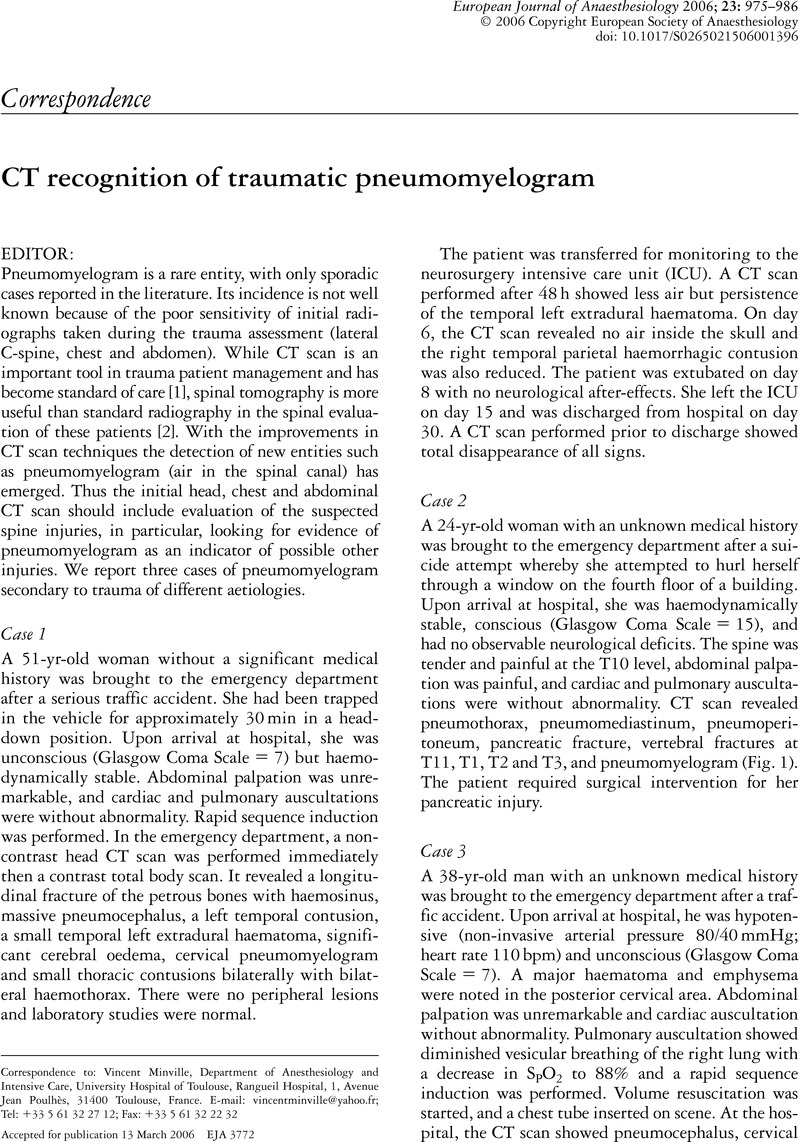Crossref Citations
This article has been cited by the following publications. This list is generated based on data provided by Crossref.
Cooper, Richard M.
2007.
ProSeal LMA — how long is too long?.
Canadian Journal of Anesthesia/Journal canadien d'anesthésie,
Vol. 54,
Issue. 10,
p.
786.
Goldmann, Kai
Dieterich, Jœrg
and
Rœssler, Marion
2007.
Laryngopharyngeal mucosal injury after prolonged use of the ProSealTM LMA in a porcine model: A pilot study.
Canadian Journal of Anesthesia/Journal canadien d'anesthésie,
Vol. 54,
Issue. 10,
p.
822.





